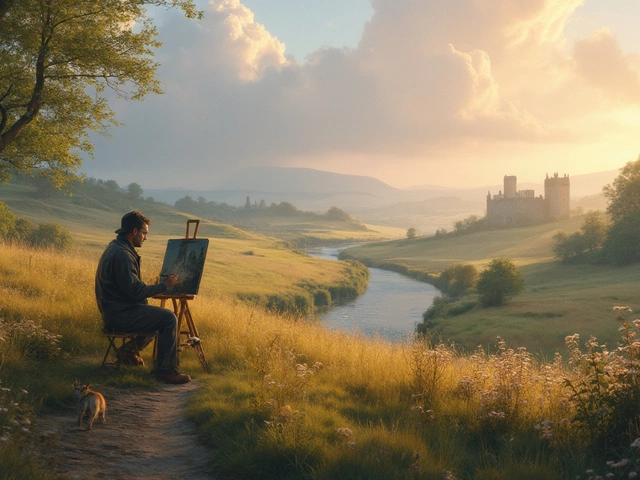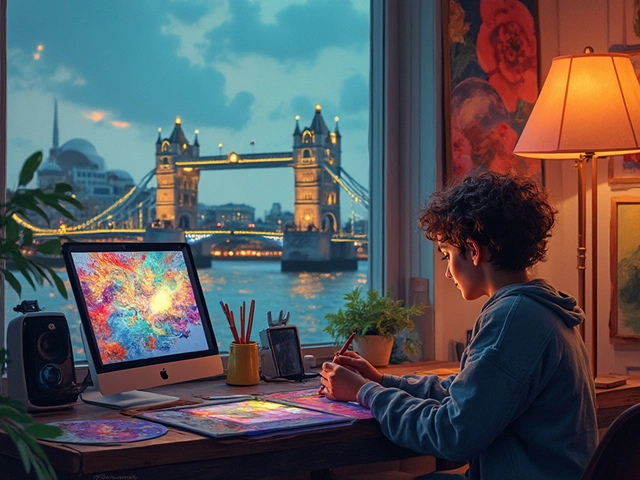Watercolor Flaws: Spotting and Fixing Common Mistakes
When working with watercolor flaws, the typical errors that happen while painting with water‑based pigments, such as uncontrolled blooms, muddy washes, or harsh edges. Also known as watercolor mistakes, they usually trace back to three core factors: paper quality, the weight, texture and absorbency of the surface that decides how fast paint spreads, brush handling, the pressure, angle and speed applied when laying down pigment and pigment choice, the lightfastness, granulation and saturation of the colors you use. Understanding these links creates a clear chain: low‑grade paper sops up water too quickly, a heavy hand leaves streaks, and cheap pigments turn dull, making the final piece look uneven. Knowing why watercolor flaws appear is the first step to preventing them.
One practical way to tame flaws is to match the medium to the surface. Heavy‑weight, 300 gsm cold‑pressed paper gives enough tooth for pigment to sit without flooding, while a slick, hot‑pressed sheet is better for crisp lines but demands a lighter touch. Next, focus on brush control: a soft sable tip with a rounded belly lets you load just enough paint, and practicing the “wet‑on‑wet vs. wet‑on‑dry” switch helps you decide when to let colors bleed and when to keep edges sharp. Selecting high‑quality pigments—those labeled “artist grade” with low staining—prevents muddy results, especially when mixing complementary hues. Drying time also matters; allowing a wash to dry before adding details reduces unwanted back‑bleeding, a classic flaw that frustrates beginners.
These techniques don’t exist in a vacuum. Modern art principles remind us that mistakes can become intentional effects; many contemporary artists embrace accidental blooms as expressive texture. Yet, if your goal is realism or precise illustration, you’ll want to keep flaws in check. The posts below cover everything from the science of pigment granulation to step‑by‑step guides on mastering brush strokes, so you can decide when a flaw is a happy accident and when it’s a problem to solve. Dive into the collection to see real‑world examples, actionable tips, and deeper explanations that will help you paint with confidence.

Watercolor painting is beautiful, but it's not the easiest medium to control. This article breaks down the main weaknesses of watercolor and why artists still love it despite these challenges. You'll get practical tips to handle common problems like unpredictability, fading, and paper damage. There's also advice on how to work around these limitations. If you've ever struggled with watercolor, you'll find helpful answers here.





